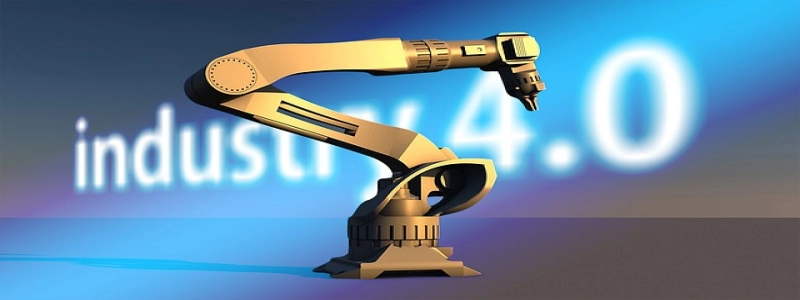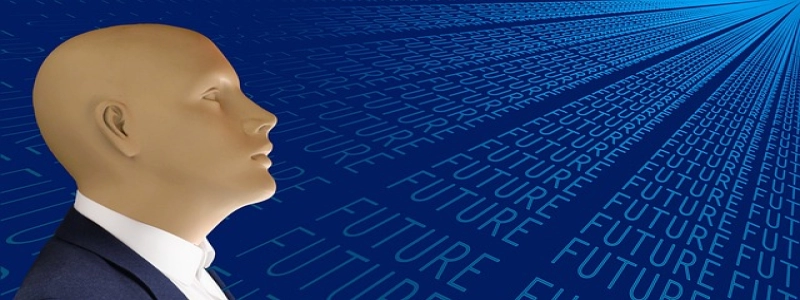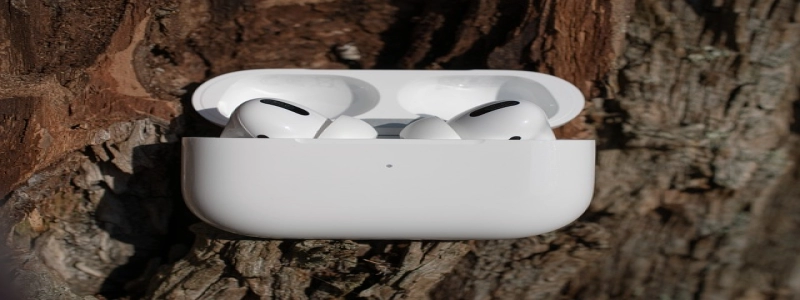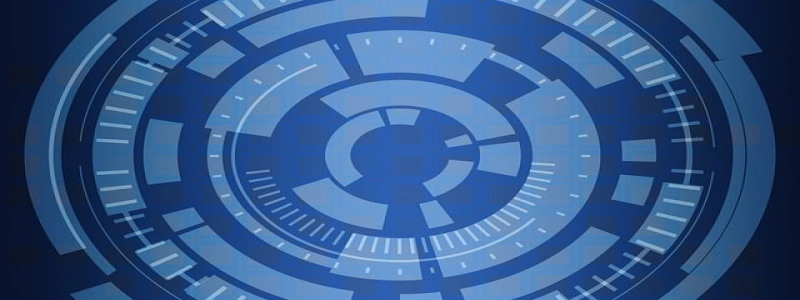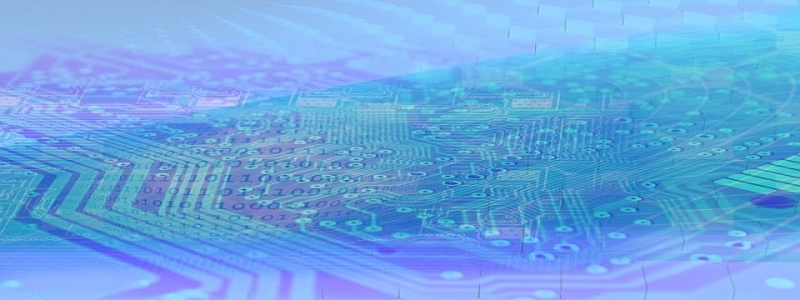Fiber Optic Cable TV Equipment
Introduction:
Fiber optic cable TV equipment plays a vital role in the transmission of television signals through fiber optic cables. This advanced technology has revolutionized the television industry by providing superior picture and sound quality, as well as increased transmission speed and capacity. In this article, we will explore the various components of fiber optic cable TV equipment and their functions.
I. Fiber Optic Cables:
A. Core and Cladding: Fiber optic cables consist of a core, which carries the light signals, and a cladding, which surrounds the core and helps contain the light within it. The difference in refractive index between the core and the cladding enables the light to be transmitted through the fiber optic cable without significant loss of signal.
B. Insulation and Strength Members: To protect the delicate fiber optic core, the cables are wrapped in an insulation layer. Additionally, strength members made of materials like aramid yarn provide mechanical reinforcement to the cables, making them more resistant to external forces.
II. Transmitters:
A. LED or Laser Diode: Transmitters convert electrical signals into light signals that can be transmitted through the fiber optic cables. Light Emitting Diodes (LEDs) or Laser Diodes are commonly used in fiber optic cable TV equipment as transmitters. LEDs are cost-effective and provide good performance for shorter distances, while Laser Diodes offer higher performance and longer transmission distances.
III. Receivers:
A. Photodiode: Receivers at the other end of the fiber optic cables convert light signals back into electrical signals. Photodiodes are commonly used as receivers in fiber optic cable TV equipment. They detect the intensity of light and convert it into electrical current, which is then processed to recreate the original television signal.
IV. Optical Splitters:
A. Splitting Light Signals: Optical splitters are used to split light signals into multiple paths, allowing one signal to be transmitted to multiple destinations simultaneously. This is useful in fiber optic cable TV systems where signals may need to be sent to different households or devices.
V. Optical Amplifiers:
A. Boosting Signal Strength: Optical amplifiers are used to boost the strength of light signals as they travel through the fiber optic cables. This helps overcome any power loss or attenuation that may occur during transmission, ensuring that the television signal reaches its destination with optimal quality.
VI. Connectors and Adapters:
A. Joining Fiber Optic Cables: Connectors and adapters are used to join fiber optic cables together or connect them to other devices. These components provide a secure and reliable connection, ensuring seamless transmission of television signals.
Conclusion:
Fiber optic cable TV equipment is essential for the transmission of television signals through fiber optic cables. The various components, such as fiber optic cables, transmitters, receivers, optical splitters, optical amplifiers, and connectors, work together to provide high-quality television viewing experiences. As technology continues to advance, fiber optic cable TV equipment will play an increasingly important role in delivering superior picture and sound quality to homes and businesses worldwide.
